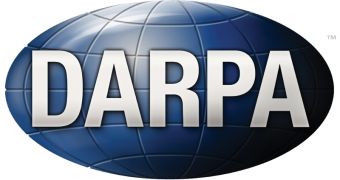Normal customers should be more than satisfied with Wi-Fi networks of 750 Mbps, or even 300 Mbps (when there isn't the 5 GHz band to add 450 Mbps to the 300 of the 2.4 GHz band). The military wants more though.
DARPA (Defense Advanced Research Projects Agency) is more than eager to comply with the wishes of the US military.
In fact, its latest project has the primary goal of building a wireless communications link that can broadcast signals of 100 Gbps over a distance of 200 kilometers (124 miles, give or take).
That's at the same level as a low-end fiber optics network. This could be a very great boon for controlling UAVs, sending/receiving intelligence from far-off countries, etc.
The official name of the technology will be “100 Gb/s RF Backbone” and the short name will be 100G.
Once again, radio frequency is the only method that DARPA can call upon in order to create a device capable of 100 Gbps over so many kilometers.
Right now, ViaSat-1 is the highest bandwidth satellite in orbit, with a geosynchronous Ka-band communications satellite being the closest second (currently in orbit above the USA).
The latter might actually be used instead of the former, since the Ka-band is less vulnerable to rain fade.
The drawback is that, even if the full capacity is of 134 Gbps, the bandwidth per link will never be so high because the 134 Gbps are the cumulative performance of 56 Ka transponders.
Nevertheless, good enough encoding/multiplexing techniques should compensate for this.
DARPA may consider using other methods of wireless transmissions, but the only so-called alternative to radio frequency is visible light, which can, indeed, reach 2.5 Tbps, but only over a distance of one meter.
As for free-space optical communications, clouds make short work of those, which definitely doesn't help when the distance that needs to be covered is 200 kilometers.
When DARPA finishes setting everything up for the military, the consumer market should be eligible for better networking too.

 14 DAY TRIAL //
14 DAY TRIAL //